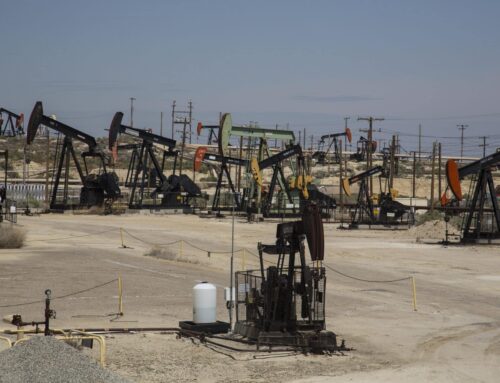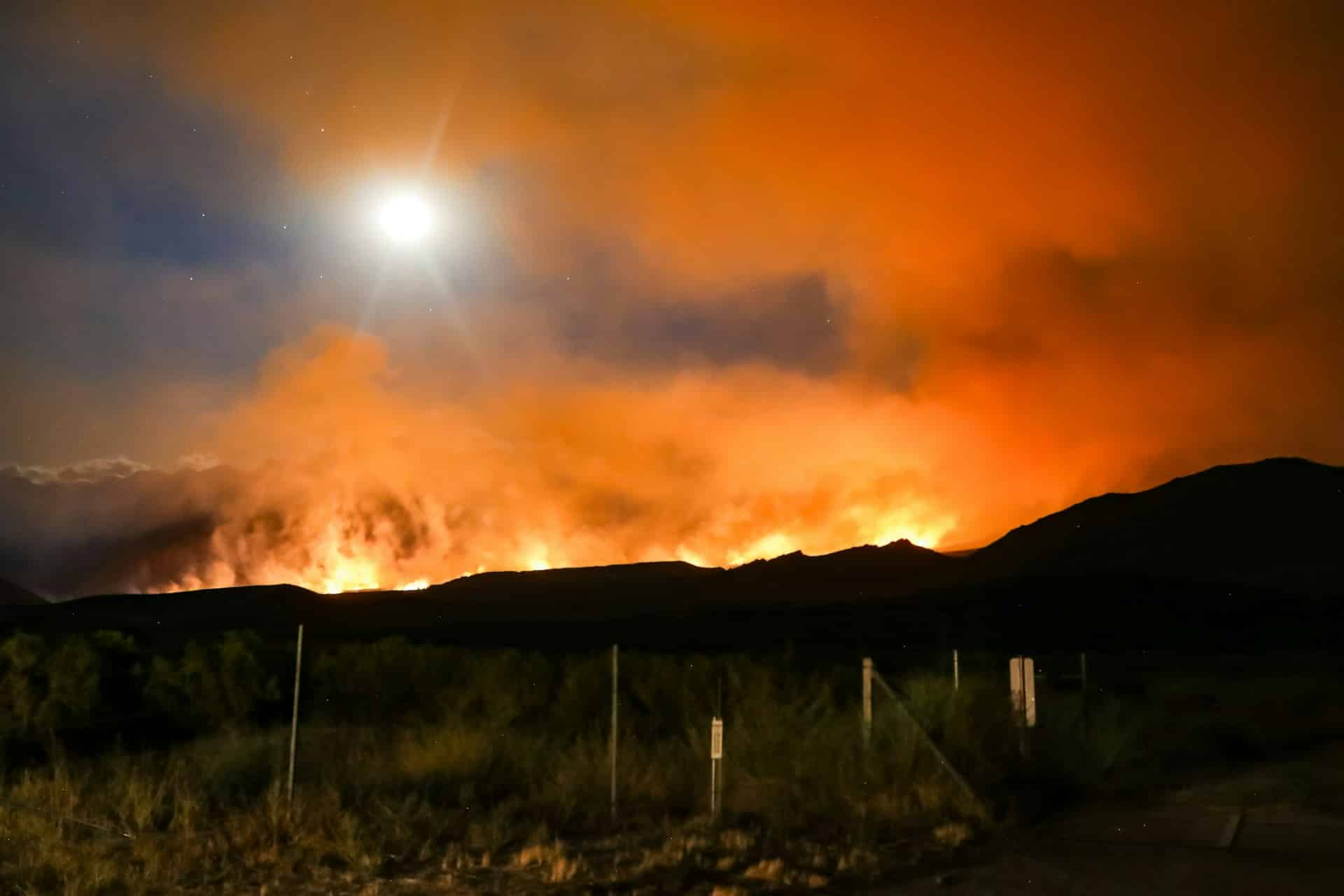This week, while Americans went to the polls, international climate change negotiations kicked off in Egypt. Known as the Conference of the Parties of the United Nations Framework Convention on Climate Change, it’s a long way of saying “COP27” and “UNFCCC.” The impacts of climate change are affecting more communities around the world, and the costs of inaction are growing. A recent Deloitte report estimated that inaction on climate could result in up to a $14.5 trillion hit to the U.S. economy by 2070.
Taxpayers are shouldering an increasing portion of the climate bill. Intensifying hurricanes, wildfires, floods, and drought mean more damage and more federal emergency spending. On a cost-adjusted basis, billion-dollar disasters in the U.S. have increased from 2.9 per year, costing the federal government an average of $17.8 billion in the 1980s, to 16.2 per year at an average annual cost of $121.4 billion from 2016-2020. Meanwhile, oil and gas and other fossil fuel-intensive industries continue to enjoy federal subsidies while adding to our climate liabilities.
The good news is the U.S. can lead the way in bringing common sense to climate policy. The bad news is there’s still a lot of work to do.
Over the past few decades, Congress and both Republican and Democratic administrations advanced policies aimed at reducing greenhouse gas (GHG) emissions. (Whether these were effective is a different story.) The 2005 and 2007 energy bills extended tax breaks for certain energy sources, in addition to creating a mandate for US biofuels consumption. With subsequent cap and trade, carbon tax, and other legislative efforts failing to become law, some federal agencies took matters into their own hands. The U.S. Department of Agriculture’s (USDA’s) creation of a new $3 billion program – Partnerships for Climate Smart Commodities – is just one example.
The last year was an anomaly, though, with two major pieces of legislation signed into law impacting climate change – the Infrastructure Investment and Jobs Act (IIJA) and the Inflation Reduction Act (IRA). Federal agencies are now swamped divvying up a huge influx of cash, implementing policy changes, and determining who’s eligible for federal tax breaks. Simply put, their hands are full.
Ensuring this spending is fiscally responsible, in pursuit of legitimate public needs, doesn’t plant future liabilities, and promotes resilience – instead of dependence on federal subsidies – will be key to delivering taxpayer benefits. Getting implementation wrong would do the opposite, wasting taxpayer dollars and increasing climate costs for not only the U.S. but other countries as well.
While there are endless programs in IIJA and IRA to dissect, we’ll focus on implementation of energy tax breaks and agricultural conservation spending, which impact both the climate and taxpayers.
First up, energy tax credits in the IRA. The bill, enacted in August, will thankfully end some tax breaks that have failed to deliver climate benefits. An example? The wasteful $3 billion/year biodiesel tax credit has distorted markets and subsidized the use of food (vegetable oil like soy and palm) for fuel, impacting deforestation in countries like Brazil. IRA also creates new “clean” fuel and electricity tax breaks beginning in 2025, with eligibility tied to GHG emission reductions for the first time. The problem is, calculating GHG emissions is tricky. Throw special interest lobbying in, and the Treasury Department has its work cut out. Last week, we recommended ways to simplify things, by ending subsidies for false climate solutions like failing nuclear plants and facilities burning wood for energy.
Instead of repeating past mistakes, policymakers can seize opportunities to promote real climate solutions like sequestering carbon on forested and agricultural lands. IIJA and IRA took steps in this direction, with investments to reduce wildfire risk, plus nearly $20 billion for USDA conservation programs authorized by lawmakers in the farm bill. If spending is smartly prioritized toward the most cost-effective projects with significant public benefits, it’s a win-win.
IRA also included important oil and gas leasing reforms, a methane fee, and other common sense measures. As with any large spending bill – in this case, budget reconciliation – some wasteful programs hitched a ride, too. Other false climate solutions like corn ethanol and carbon capture/sequestration made it into the 273-page bill.
To achieve real climate benefits, countries mustn’t simply provide more dollars but should also implement change. Bailing out bad actors won’t cut it. And subsidies for the profitable oil and gas sector must end. Policymakers must develop innovative ways to reduce risk and improve resilience to the challenges facing our country – everything from hurricanes and floods to drought and wildfires.
With a 5-year farm bill reauthorization next year, IIJA and IRA weren’t Congress’s last bites at the climate apple. The federal crop insurance program can also be reformed to deliver climate, taxpayer, and farmer benefits. The program should promote the use of risk-reducing practices like diversification, crop rotation, and soil carbon sequestration, which can improve farm productivity and profitability as well. Ending subsidies for the production of crops on flood- and drought-prone land is also a no-brainer. Otherwise, taxpayers end up footing the bill for expensive losses, year after year.
This is just the tip of the iceberg when it comes to common sense climate solutions that can save taxpayers cash in the long run. Better yet, they apply whether you’re at Egypt’s COP27 negotiations, or in Washington, DC.














Get Social